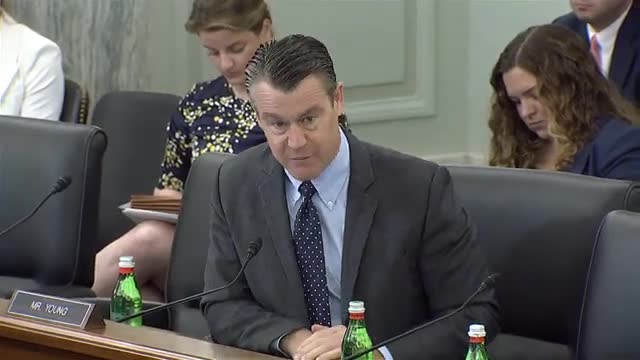Lawmakers tackle AI risks and benefits in urgent meeting
September 13, 2023 | Commerce, Science, and Transportation: Senate Committee, Standing Committees - House & Senate, Congressional Hearings Compilation
This article was created by AI summarizing key points discussed. AI makes mistakes, so for full details and context, please refer to the video of the full meeting. Please report any errors so we can fix them. Report an error »

In a recent government meeting, officials discussed the implications of artificial intelligence (AI) technology across various sectors, emphasizing the need for careful evaluation of existing laws to address potential vulnerabilities. The meeting highlighted the importance of identifying high-risk AI use cases and establishing guardrails to mitigate associated risks.
One key speaker noted that while existing laws cover many concerns related to AI, there are still areas that require targeted attention. The rapid advancements in generative AI, such as ChatGPT, have sparked fears among constituents about a potentially dystopian future. However, the speaker urged a balanced perspective, reminding attendees that historical innovations, like the printing press and film, faced similar exaggerated concerns but ultimately provided significant societal benefits.
The discussion also touched on the potential advantages of AI, including advancements in self-driving cars, healthcare, and education. The speaker stressed that any regulatory approach should not hinder growth but rather foster trust, transparency, and innovation in the long term.
A significant part of the conversation focused on the distinction between AI developers and deployers. Developers create AI systems, while deployers, such as businesses using AI for decision-making, utilize these systems. Understanding these roles is crucial for effective legislation, as each party has different insights and responsibilities regarding risk management.
As the meeting concluded, officials recognized the need for ongoing dialogue about AI regulation, aiming to balance innovation with necessary safeguards to protect society.
One key speaker noted that while existing laws cover many concerns related to AI, there are still areas that require targeted attention. The rapid advancements in generative AI, such as ChatGPT, have sparked fears among constituents about a potentially dystopian future. However, the speaker urged a balanced perspective, reminding attendees that historical innovations, like the printing press and film, faced similar exaggerated concerns but ultimately provided significant societal benefits.
The discussion also touched on the potential advantages of AI, including advancements in self-driving cars, healthcare, and education. The speaker stressed that any regulatory approach should not hinder growth but rather foster trust, transparency, and innovation in the long term.
A significant part of the conversation focused on the distinction between AI developers and deployers. Developers create AI systems, while deployers, such as businesses using AI for decision-making, utilize these systems. Understanding these roles is crucial for effective legislation, as each party has different insights and responsibilities regarding risk management.
As the meeting concluded, officials recognized the need for ongoing dialogue about AI regulation, aiming to balance innovation with necessary safeguards to protect society.
View the Full Meeting & All Its Details
This article offers just a summary. Unlock complete video, transcripts, and insights as a Founder Member.
✓
Watch full, unedited meeting videos
✓
Search every word spoken in unlimited transcripts
✓
AI summaries & real-time alerts (all government levels)
✓
Permanent access to expanding government content
30-day money-back guarantee
